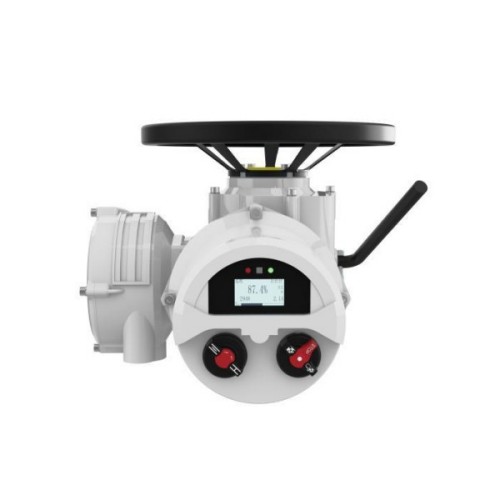plain flange
Understanding Plain Flanges An Essential Component in Engineering
Flanges play a critical role in the field of engineering, particularly in piping and mechanical systems. Among the various types of flanges available, the plain flange (or flat flange) is one of the most commonly used. This article delves into the concept of plain flanges, their significance, applications, and key considerations when selecting and using them.
What is a Plain Flange?
A plain flange is essentially a disc-like component that is used to connect two sections of pipes or other machinery. Characterized by its flat surface, the plain flange allows for easy alignment and fitting against other flanges. It is typically made from various materials such as steel, stainless steel, or plastic, depending on the application requirements.
The design features a smooth surface with no raised or lowered sections, which facilitates a more straightforward assembly process. Plain flanges are generally bolted together with gaskets in between to ensure a secure and leak-proof connection. This type of flange is favored for its ease of installation and cost-effectiveness.
Importance of Plain Flanges
Plain flanges serve several critical purposes in engineering applications. Their primary function is to provide a reliable method for connecting pipes and machinery. This is particularly important in various industries, including oil and gas, water treatment, chemicals, and HVAC systems.
1. Versatility One of the standout features of plain flanges is their versatility. They can be used with a wide range of pipe sizes and materials, making them an ideal choice for diverse applications. 2. Ease of Maintenance Plain flanges are relatively easy to disassemble, which allows for simpler maintenance and repair. When parts need to be replaced or serviced, technicians can quickly access the components without excessive disassembly.
3. Cost-Effectiveness Compared to other more complex flange types, plain flanges are typically more affordable, making them a practical option for many projects that require mass production or large installations.
Applications of Plain Flanges
Plain flanges are found in numerous applications across various industries
plain flange

- Piping Systems In plumbing and piping systems, plain flanges are used to connect pipes for water distribution and drainage. - Chemical Processing In chemical plants, they help facilitate the movement of various fluids while ensuring safety and integrity of the process. - Oil and Gas Plain flanges are heavily utilized in oil and gas pipelines to ensure robust connections that can withstand high-pressure conditions.
- HVAC Systems In heating, ventilation, and air conditioning systems, plain flanges are used to attach ducts and other components.
Key Considerations When Using Plain Flanges
While plain flanges offer several advantages, there are important factors to consider for effective use
1. Material Compatibility When selecting a plain flange, it is essential to ensure that the material is compatible with the substances flowing through the pipes. This will prevent corrosion and potential leaks.
2. Pressure Ratings Different flanges come with specific pressure ratings. Choosing the right flange that can withstand the operational pressure is crucial to ensure safety and longevity.
3. Installation Practices Proper installation techniques must be observed to avoid issues such as leaks or misalignment. Following standardized installation protocols helps maintain the integrity of the system.
4. Gasket Selection The choice of gasket material can significantly affect the performance of the connection. It must be suitable for the pressures, temperatures, and substances involved.
Conclusion
Plain flanges are indispensable components in a variety of engineering and industrial applications. Their simplicity, ease of installation, and cost-effectiveness make them a preferred choice for many projects. However, it is vital for engineers and technicians to consider material compatibility, pressure ratings, and installation practices to ensure optimal performance. As industries continue to evolve and require more robust piping and machinery connections, plain flanges will likely remain a fundamental element in engineering design and application.
-
3-types-of-check-valves-maintenance-tipsNewsAug.23,2025
-
ball-valves-types-with-trunnion-mounted-designNewsAug.23,2025
-
butterfly-valve-company-production-capabilitiesNewsAug.23,2025
-
fisher-globe-valve-technical-specificationsNewsAug.23,2025
-
types-of-gaskets-for-flanges-selection-guideNewsAug.23,2025
-
wedge-gate-valve-suppliers-quality-standardsNewsAug.23,2025
-
Breakthrough in Domestic Low Temperature Valve Technology in ChinaNewsAug.18,2025




